Home>Gardening & Outdoor>Landscaping Ideas>What Does Grass Seed Germination Look Like
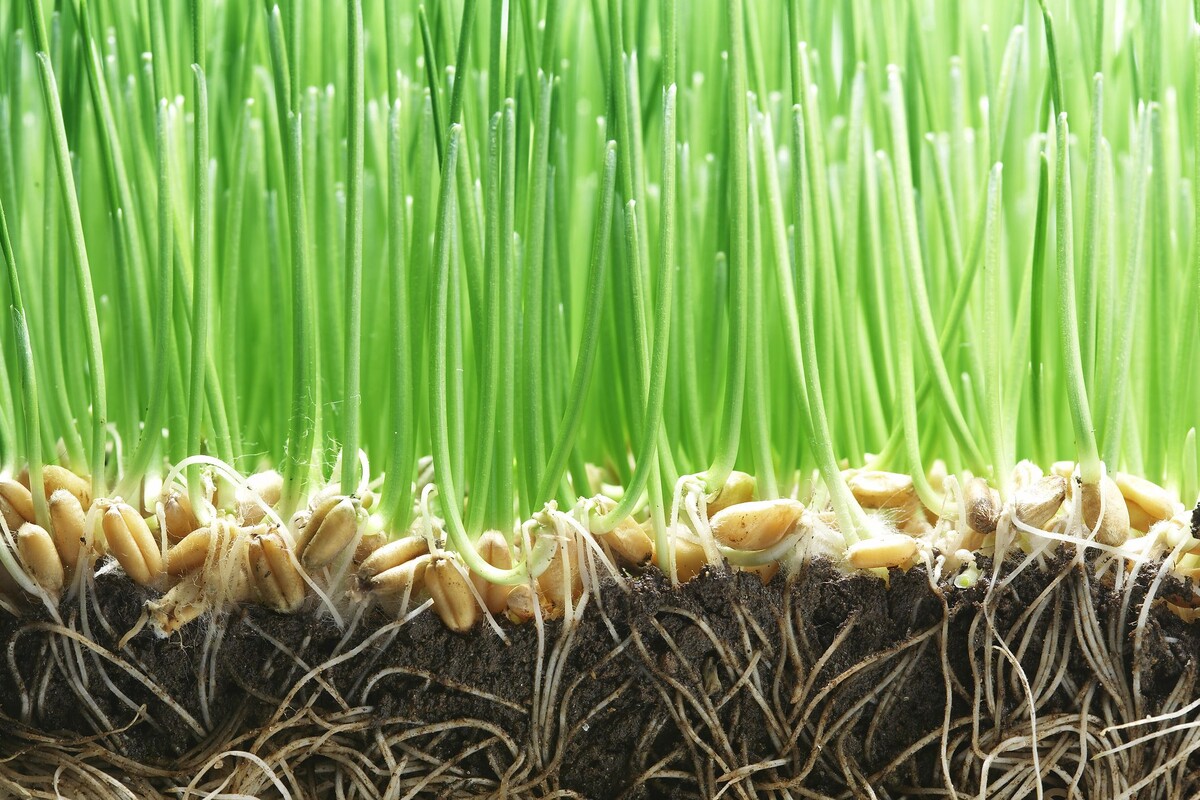

Landscaping Ideas
What Does Grass Seed Germination Look Like
Modified: March 24, 2024
Learn what grass seed germination looks like and get landscaping ideas for your lawn. Discover the process and tips for successful grass seed growth.
(Many of the links in this article redirect to a specific reviewed product. Your purchase of these products through affiliate links helps to generate commission for Storables.com, at no extra cost. Learn more)
Introduction
So, you've decided to transform your yard into a lush, vibrant oasis by sowing grass seeds. Watching the seeds sprout and grow into a beautiful green carpet can be an incredibly rewarding experience. However, understanding the process of grass seed germination is crucial to ensure the success of your lawn. In this comprehensive guide, we'll delve into the fascinating world of grass seed germination, exploring the factors that influence this process and providing insights into what you can expect as you nurture your seeds to maturity.
Embarking on a journey to establish a healthy, thriving lawn from grass seeds requires patience, knowledge, and a deep understanding of the germination process. By gaining insight into the intricate mechanisms that drive seed germination, you'll be better equipped to provide the optimal conditions for your grass seeds to flourish. Whether you're a novice gardener or a seasoned landscaping enthusiast, this guide will equip you with the knowledge to foster the growth of your grass seeds and lay the foundation for a stunning, verdant lawn.
As we embark on this exploration of grass seed germination, we'll uncover the various factors that can influence the success of this process. From environmental conditions to seed quality, each element plays a crucial role in determining the outcome of your lawn establishment endeavors. By gaining a deeper understanding of these factors, you'll be empowered to make informed decisions and take the necessary steps to support and nurture the germination of your grass seeds.
Join us as we unravel the mysteries of grass seed germination, gaining valuable insights into the stages of growth and the visual cues that indicate successful germination. By the end of this journey, you'll be well-versed in the art and science of nurturing grass seeds, ready to witness the transformation of your outdoor space into a breathtaking expanse of lush, green grass. So, let's dive into the fascinating world of grass seed germination and unlock the secrets to cultivating a thriving, vibrant lawn from the humble seeds beneath the soil.
Key Takeaways:
- Grass seed germination is a fascinating process driven by factors like moisture, temperature, and seed quality. Understanding these factors can help you create the perfect conditions for a lush, vibrant lawn.
- Identifying the signs of germination, such as swelling seeds and emerging roots, allows you to actively nurture the growth of your grass seeds. By providing the right environment, you can witness the transformation of your yard into a stunning green oasis.
Understanding Grass Seed Germination
Grass seed germination marks the commencement of a remarkable journey, where tiny seeds awaken from dormancy and embark on a transformative process that culminates in the emergence of vibrant, green blades of grass. Germination is a complex biological process driven by a combination of internal and external factors, each playing a pivotal role in the successful sprouting of grass seeds.
At its core, germination is the process through which a seed transitions from a state of quiescence to active growth. It is triggered by a harmonious interplay of moisture, oxygen, warmth, and in some cases, light. When these essential elements converge, they prompt the seed to absorb water, initiating metabolic activities that ultimately lead to the emergence of a root radicle and the first embryonic shoot.
Understanding the intricacies of grass seed germination involves recognizing the significance of each contributing factor. The seed itself serves as a storehouse of potential, encapsulating the genetic blueprint for the future plant. As the seed imbibes water, enzymes within the seed are activated, kickstarting the process of breaking down complex compounds into simpler forms that fuel the growth of the emerging seedling.
Environmental conditions also play a pivotal role in shaping the germination process. Optimal soil temperature and moisture levels create a hospitable environment for the seeds to awaken from their dormancy. Adequate oxygen availability in the soil is equally crucial, facilitating the respiration processes essential for the germinating seedling’s energy production.
Furthermore, the quality of the grass seeds themselves significantly impacts the germination success rate. High-quality seeds, characterized by their genetic purity, viability, and freedom from contaminants, are more likely to germinate and establish robust, healthy plants. By selecting premium grass seeds and providing the ideal growing conditions, you can set the stage for a successful germination process.
As you embark on your journey to understand grass seed germination, it’s essential to recognize that this process is not only a biological marvel but also a testament to nature’s resilience and adaptability. By nurturing and supporting the germination of grass seeds, you are partaking in the wondrous cycle of growth and renewal, contributing to the creation of vibrant, thriving landscapes that enrich the natural beauty of the world around us.
Factors Affecting Grass Seed Germination
The successful germination of grass seeds hinges on a delicate interplay of various factors, each exerting a distinct influence on the viability and vigor of the emerging seedlings. Understanding these factors is pivotal in creating an environment conducive to the optimal germination and establishment of a healthy, resilient lawn.
- Soil Temperature: The temperature of the soil plays a critical role in influencing germination. Different grass species exhibit varying temperature preferences for germination, with cool-season grasses thriving in cooler soil temperatures, typically between 50-65°F, and warm-season grasses favoring warmer soil, around 75-90°F. By aligning your seed selection with the prevailing soil temperatures, you can enhance the germination success rate.
- Moisture: Adequate moisture levels are essential for initiating the germination process. The seeds require consistent, but not excessive, moisture to imbibe water and activate the biochemical processes that lead to sprouting. However, waterlogging can impede oxygen diffusion and lead to seedling suffocation, underscoring the importance of balanced soil moisture.
- Oxygen: Oxygen is indispensable for the respiratory processes that power seed germination. Compacted or waterlogged soils restrict oxygen availability, hampering the germination process. Proper soil aeration is crucial for facilitating gas exchange and ensuring the vitality of germinating seeds.
- Seed Quality: The quality of the grass seeds profoundly influences germination success. High-quality seeds, characterized by genetic purity, optimal moisture content, and freedom from contaminants, exhibit superior germination rates. Investing in premium seeds sets the stage for a robust and thriving lawn.
- Light: While some seeds necessitate exposure to light for germination, others thrive in darkness. Understanding the light requirements of the grass species you’re sowing is essential for providing the appropriate conditions for successful germination.
By comprehensively considering these factors and tailoring your approach to align with the specific requirements of the grass species you’re cultivating, you can optimize the conditions for successful germination. This mindful approach sets the stage for the emergence of healthy, vigorous seedlings, laying the foundation for a stunning, resilient lawn that will be the envy of the neighborhood.
When grass seed germinates, it will start to sprout tiny green shoots from the soil. You may also see small root structures beginning to develop. Keep the soil moist to help the seeds germinate successfully.
The Germination Process
The germination of grass seeds encompasses a series of intricate and awe-inspiring biological events that culminate in the emergence of nascent seedlings from their dormant state. This transformative process unfolds in distinct stages, each marked by remarkable physiological and morphological changes as the seed awakens from its quiescent state and embarks on the journey of growth and renewal.
The process commences with the imbibition of water by the seed, a pivotal event that triggers metabolic activities within the seed. As the seed hydrates, enzymes are activated, initiating the breakdown of stored nutrients and complex compounds into simpler forms that fuel the emerging seedling’s growth. This phase is crucial for providing the energy and building blocks necessary for the subsequent stages of germination.
Following imbibition, the seed undergoes a phase of reactivation, where dormant metabolic processes are rekindled, and cellular respiration intensifies. This resurgence of metabolic activity fuels the development of the embryonic root, or radicle, which extends into the surrounding soil in search of water and nutrients. Concurrently, the embryonic shoot, or plumule, begins to elongate and push through the soil surface, heralding the emergence of the first green shoot.
As the shoot emerges into the light, it undergoes rapid expansion and the development of the first photosynthetic leaves, initiating the assimilation of carbon dioxide and the synthesis of organic compounds essential for sustained growth. Simultaneously, the root system proliferates, anchoring the seedling in the soil and facilitating the uptake of water and nutrients vital for its continued development.
Throughout this process, the seedling is highly vulnerable and reliant on the surrounding environmental conditions for sustenance. Optimal soil moisture, temperature, and oxygen availability are critical for supporting the delicate seedlings as they navigate the early stages of growth. By providing a nurturing environment and adhering to best practices for lawn establishment, you can bolster the seedlings’ resilience and set the stage for the development of a robust, flourishing lawn.
Understanding the intricacies of the germination process empowers you to appreciate the marvel of nature’s renewal and actively participate in the creation of vibrant, verdant landscapes. By fostering the germination and growth of grass seeds, you are contributing to the natural tapestry of greenery that enriches the world around us, creating spaces of beauty and tranquility for generations to come.
Identifying Germination in Grass Seeds
Recognizing the signs of germination in grass seeds is a gratifying experience that marks the beginning of a journey towards a lush, verdant lawn. As you eagerly await the emergence of the first tender shoots, it’s essential to be able to identify the subtle yet significant indicators that herald the successful germination of your grass seeds. By understanding these cues, you can monitor the progress of your lawn establishment efforts and intervene when necessary to ensure the optimal development of the emerging seedlings.
One of the initial signs of germination is the swelling of the grass seeds as they absorb water, causing them to become plump and turgid. This visible increase in size indicates the commencement of the imbibition process, a crucial precursor to germination. As the seeds imbibe water, they undergo internal changes that set the stage for the emergence of the embryonic root and shoot.
Subsequently, tiny root radicles begin to emerge from the seeds, venturing into the surrounding soil in search of moisture and nutrients. These delicate, thread-like structures signify the initiation of the germination process and the establishment of the seedlings’ root systems. Observing the emergence of these embryonic roots is a definitive indicator that germination is underway.
As the germination progresses, the soil surface becomes adorned with the appearance of the first embryonic shoots, signaling the emergence of the seedlings from their subterranean abode. These initial shoots, often pale and fragile, represent the nascent stage of the seedlings’ journey towards becoming robust, green grass plants. Witnessing the emergence of these tender shoots is a momentous occasion that heralds the promise of a vibrant, thriving lawn.
Amidst these visual cues, it’s essential to monitor the environmental conditions and ensure that the emerging seedlings are provided with the optimal support for their growth. Adequate moisture, balanced soil temperature, and sufficient oxygen availability are paramount for nurturing the developing seedlings and safeguarding them against potential stressors.
By attentively observing and identifying the signs of germination in your grass seeds, you can actively engage in the nurturing and care of the emerging seedlings, setting the stage for the creation of a resilient, lush lawn. This intimate involvement in the growth of your grass seeds fosters a deep appreciation for the natural processes that underpin the creation of verdant landscapes, enriching your outdoor space with the beauty of thriving, green grass.
Read more: What Does Crabgrass Look Like
Conclusion
Embarking on the journey of nurturing grass seed germination is a remarkable endeavor that intertwines the art of gardening with the marvels of nature’s renewal. As you delve into the intricacies of this process, you gain a profound appreciation for the resilience and vitality encapsulated within the humble grass seeds, and the pivotal role you play in fostering their growth.
Understanding the multifaceted factors that influence germination equips you with the knowledge to create an environment that nurtures the emergence of robust, healthy seedlings. By aligning soil temperature, moisture levels, and oxygen availability with the specific requirements of the grass species you’re cultivating, you set the stage for the successful germination and establishment of a vibrant lawn.
The germination process itself unfolds as a testament to nature’s ingenuity, with each stage marked by remarkable physiological and morphological transformations. From the imbibition of water to the emergence of the first tender shoots, the journey of germination embodies the resilience and adaptability of life, offering a glimpse into the wonders of natural growth and renewal.
Identifying the subtle indicators of germination allows you to actively monitor the progress of your lawn establishment efforts, intervening when necessary to ensure the optimal development of the emerging seedlings. This attentive care and involvement in the growth of your grass seeds foster a deep connection with the natural world, enriching your outdoor space with the beauty of thriving, green grass.
As you witness the emergence of vibrant green shoots and the gradual transformation of your yard into a lush, verdant expanse, the rewards of your efforts become abundantly clear. The creation of a thriving lawn from grass seeds is not merely a horticultural achievement but a testament to your role as a steward of nature, contributing to the creation of vibrant, sustainable landscapes that enrich the world around you.
So, as you embark on the journey of nurturing grass seed germination, remember that you are partaking in a timeless cycle of growth and renewal, actively contributing to the creation of beauty and vitality in your outdoor space. Embrace the marvels of germination, and revel in the transformation of your yard into a breathtaking tapestry of greenery—a testament to the enduring power of nature and the art of cultivation.
Frequently Asked Questions about What Does Grass Seed Germination Look Like
Was this page helpful?
At Storables.com, we guarantee accurate and reliable information. Our content, validated by Expert Board Contributors, is crafted following stringent Editorial Policies. We're committed to providing you with well-researched, expert-backed insights for all your informational needs.
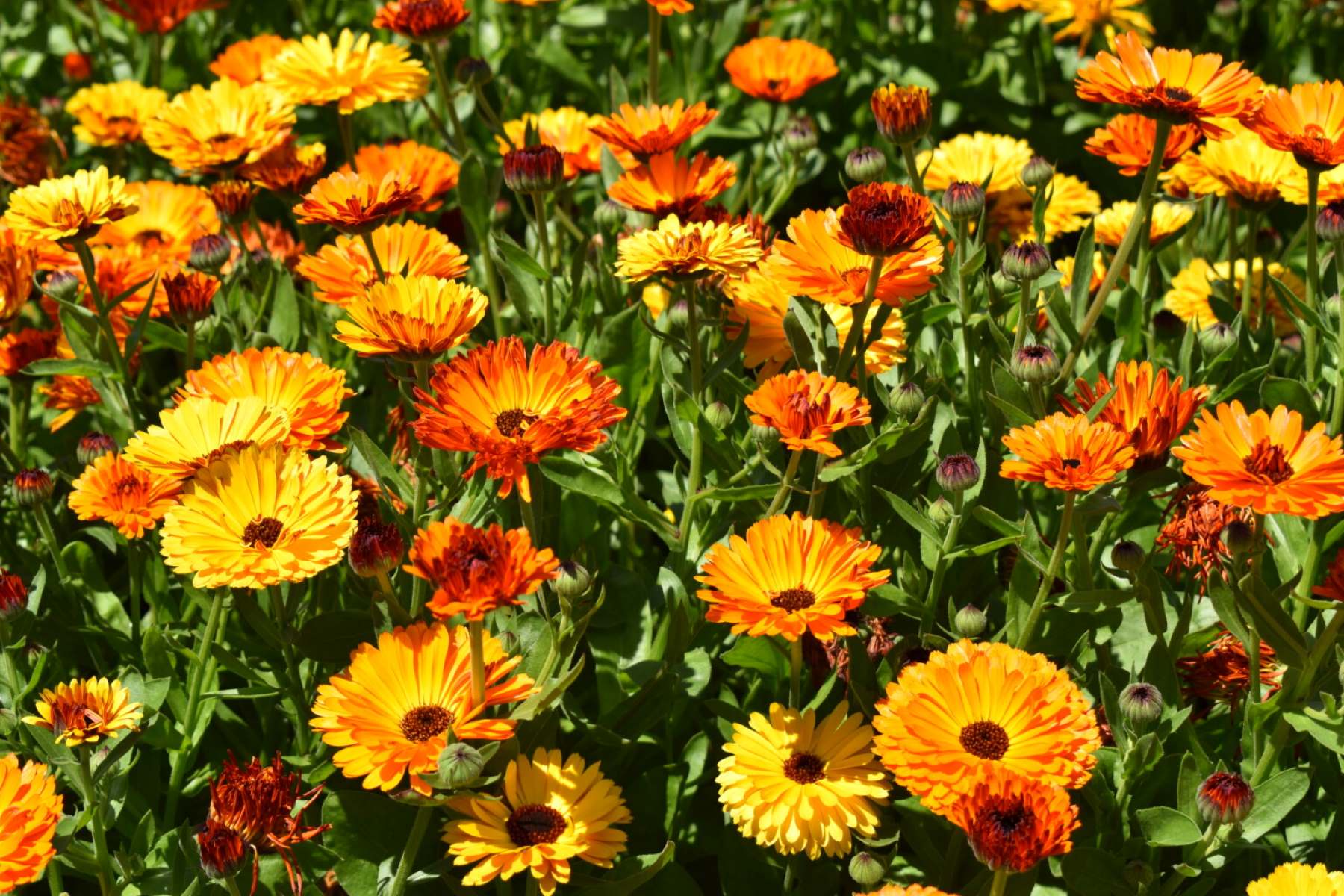
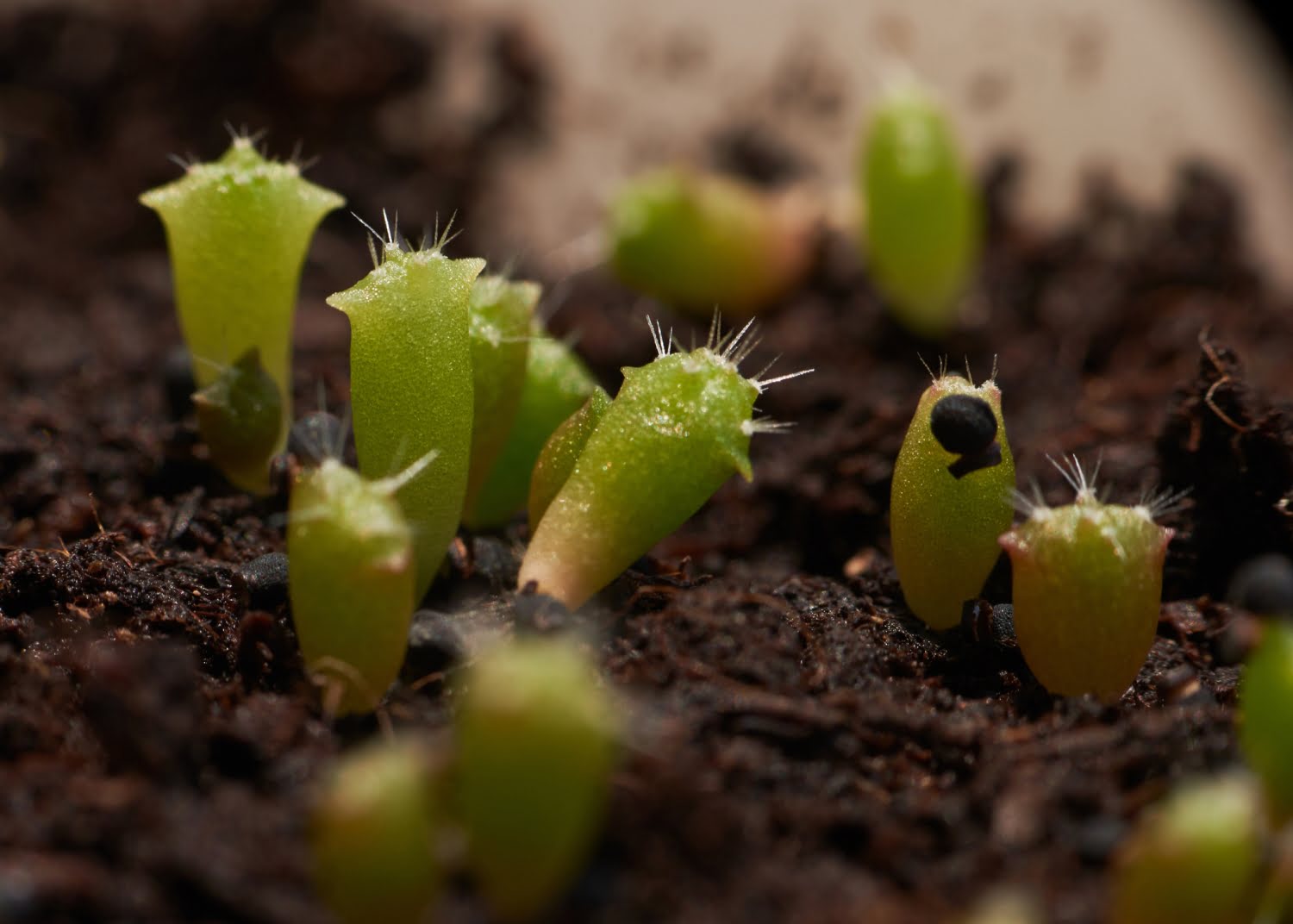

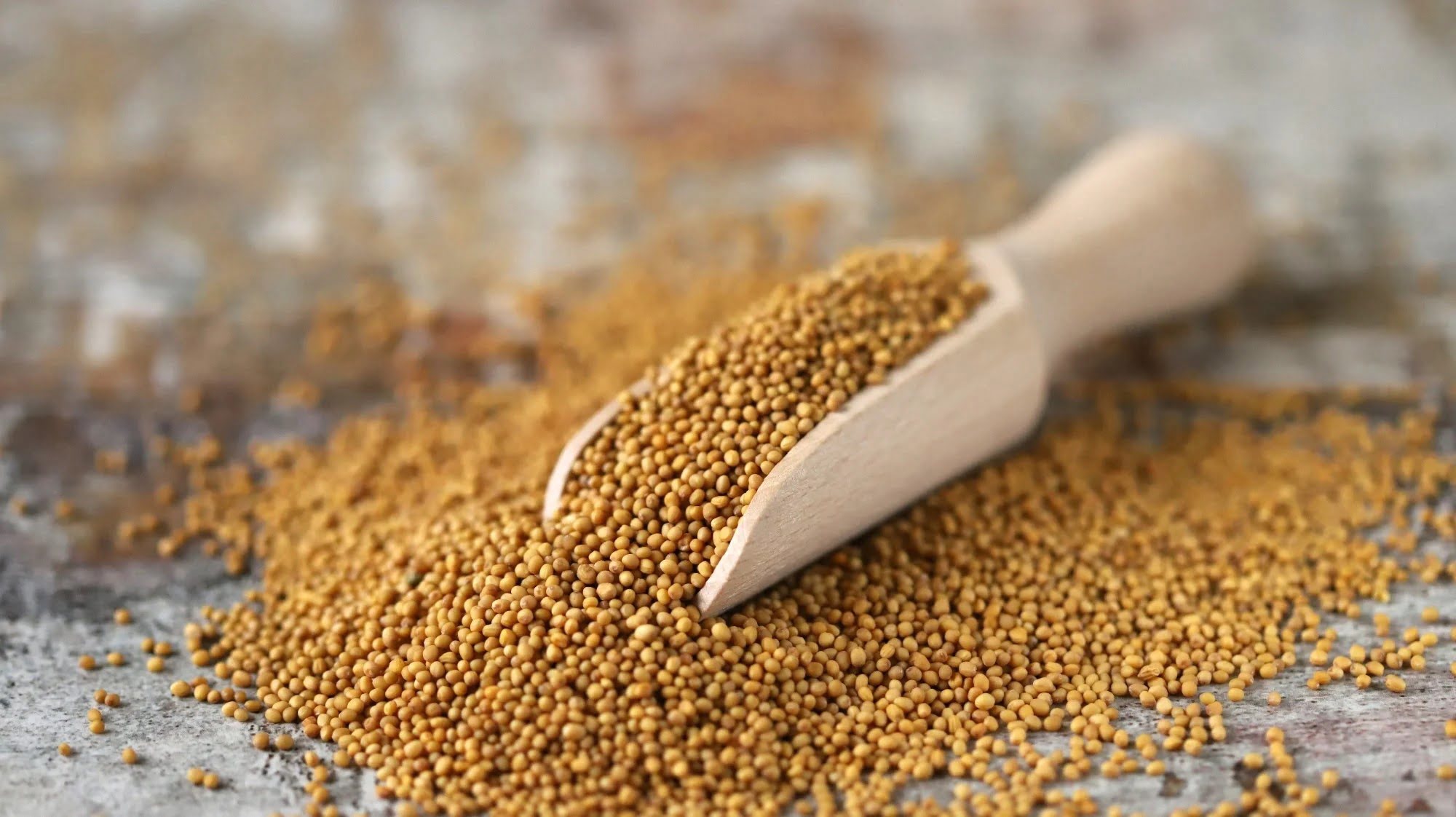
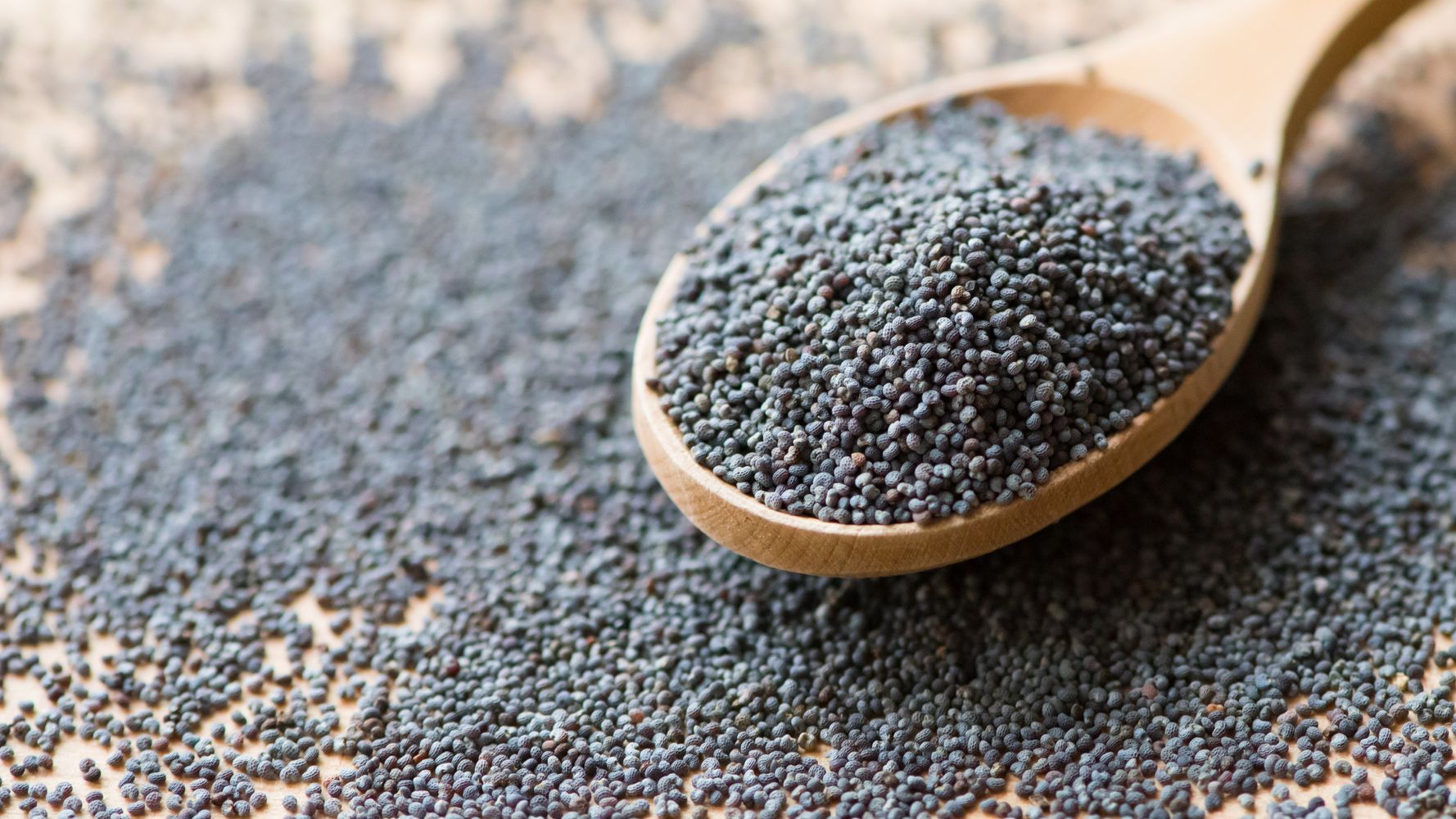
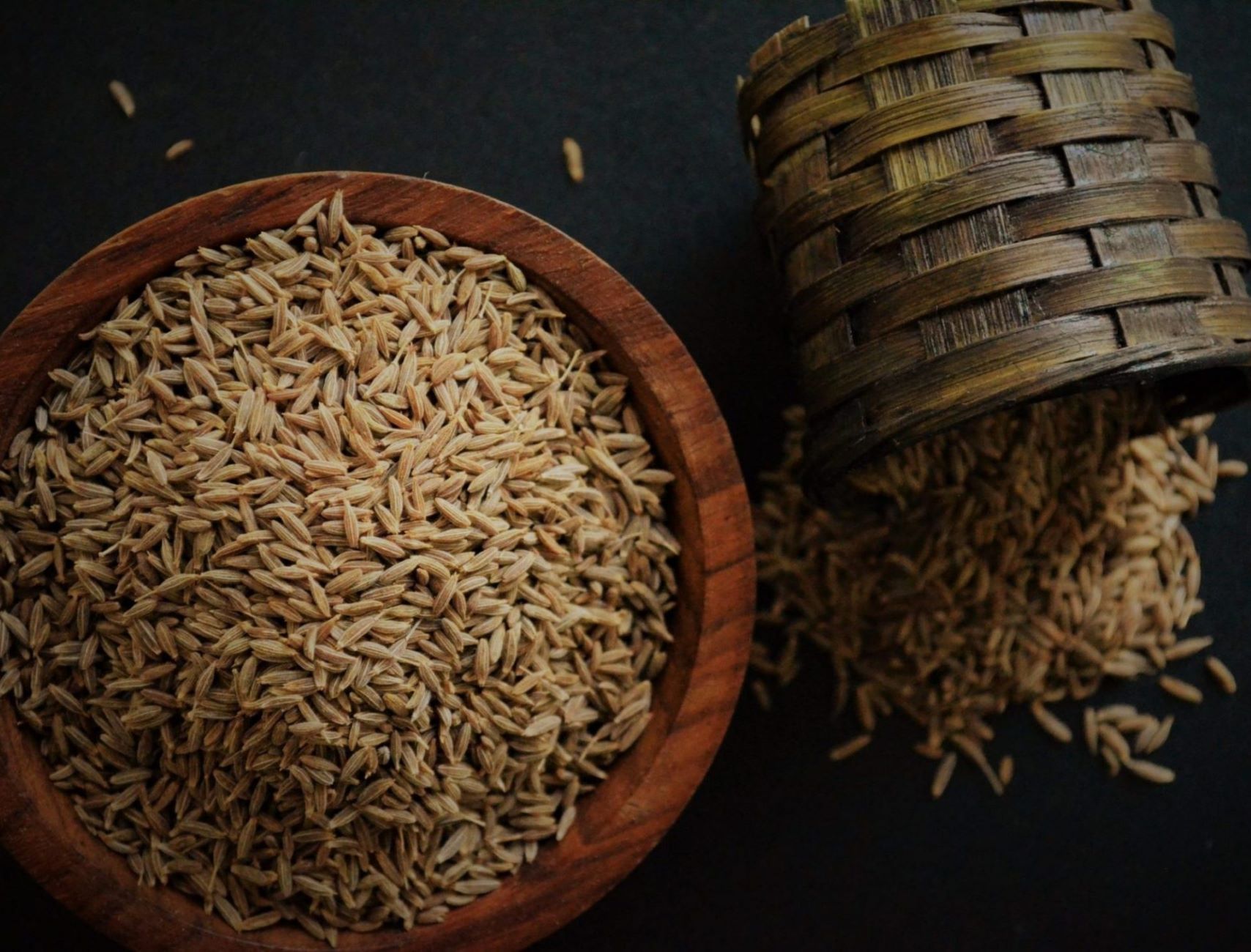
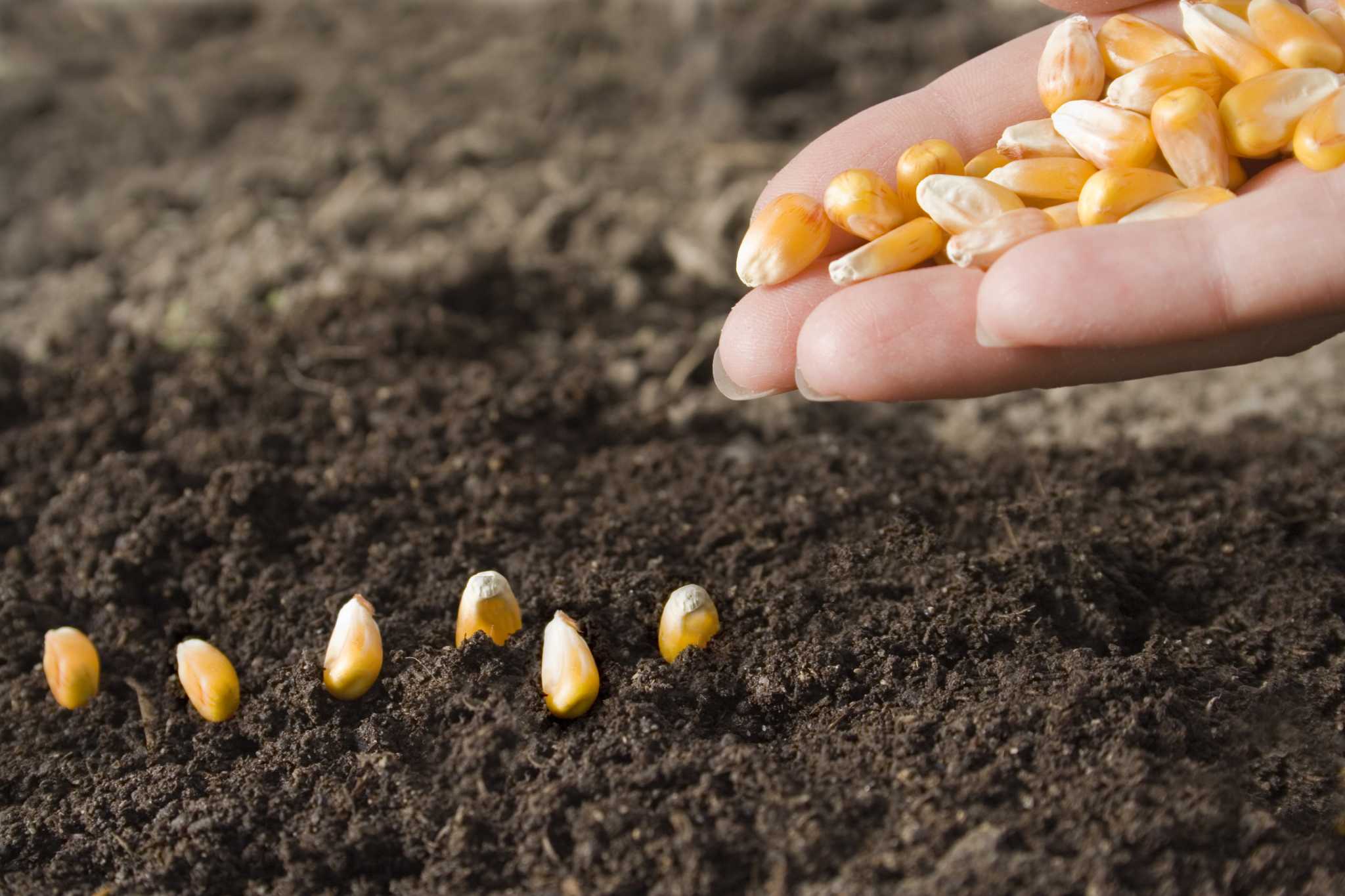
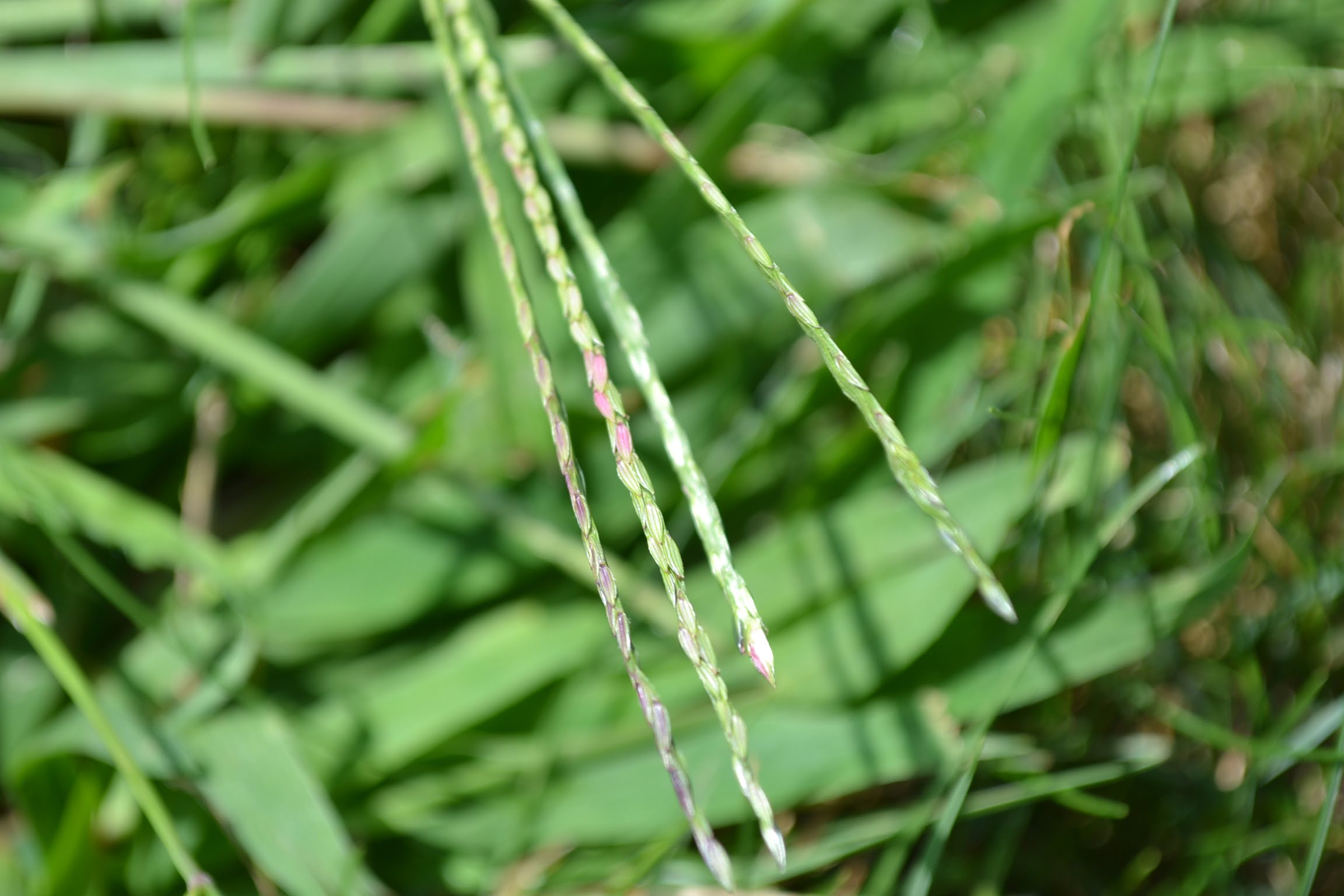
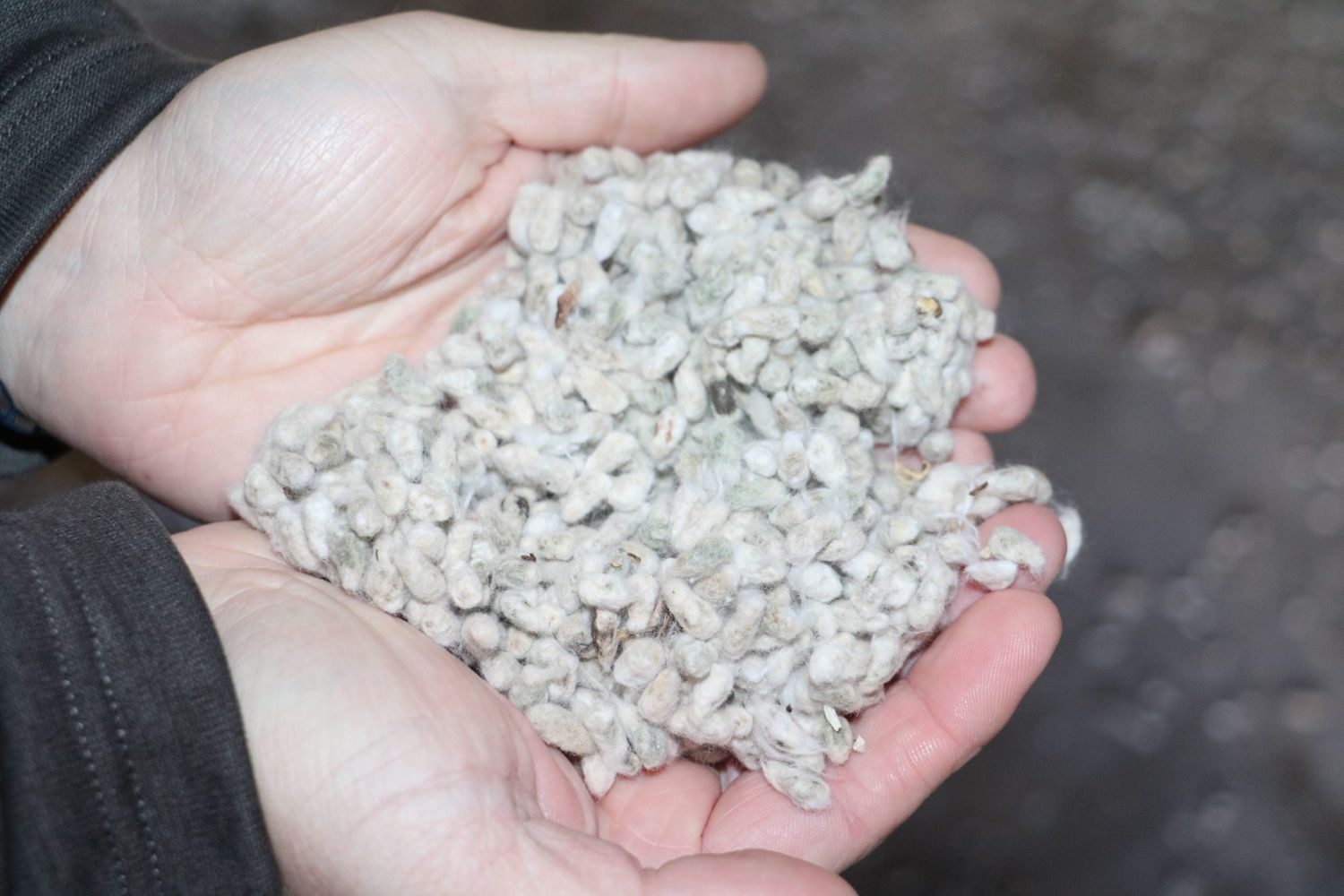


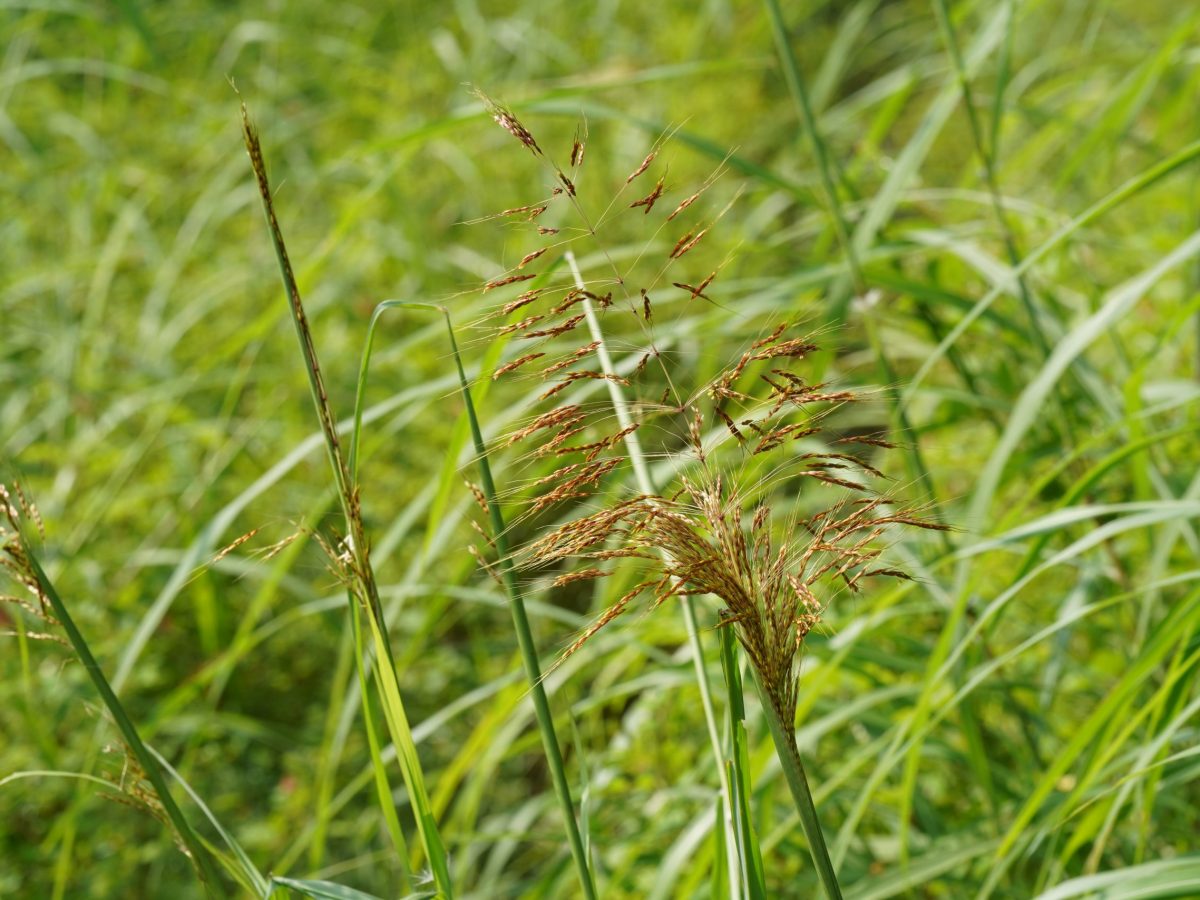
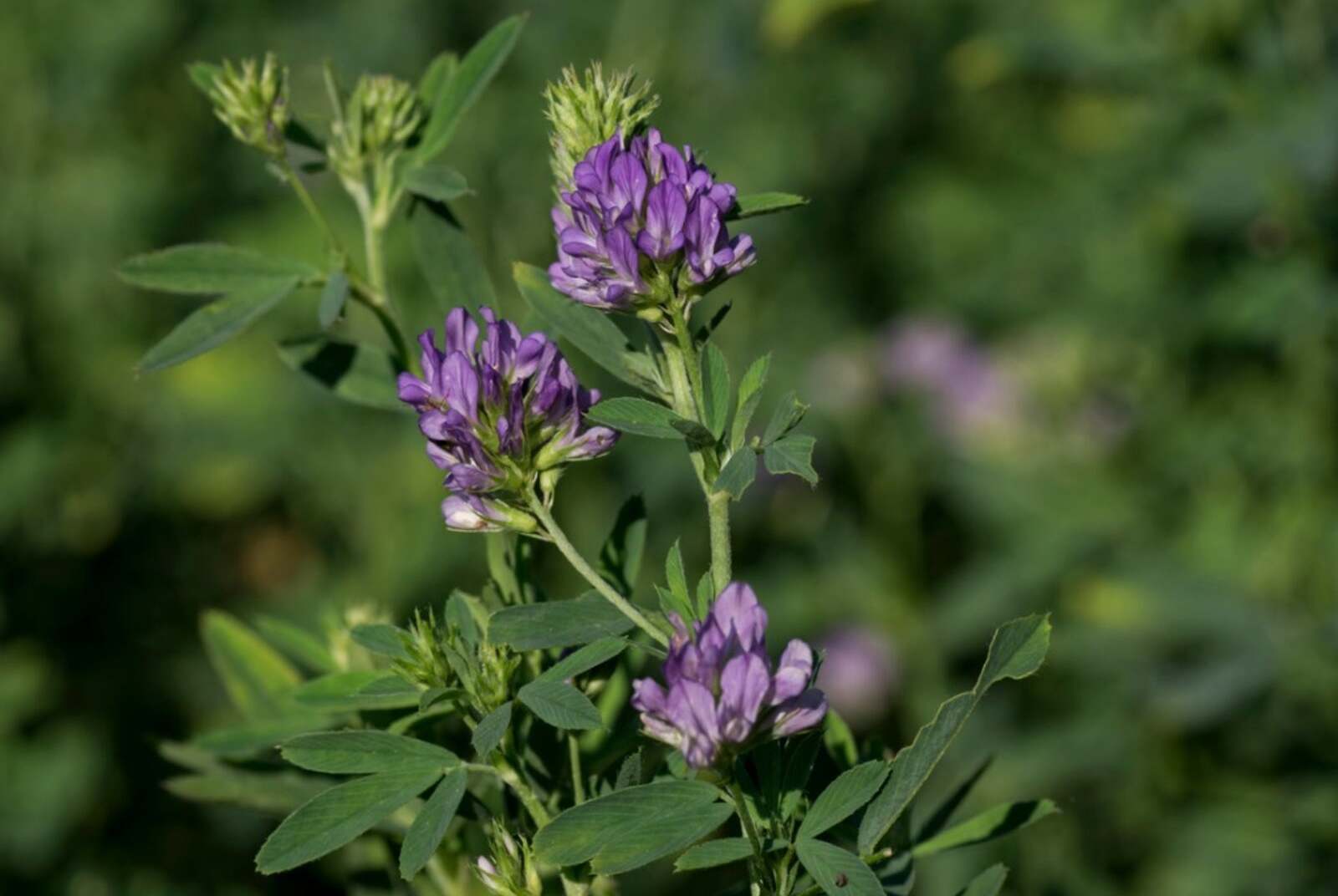
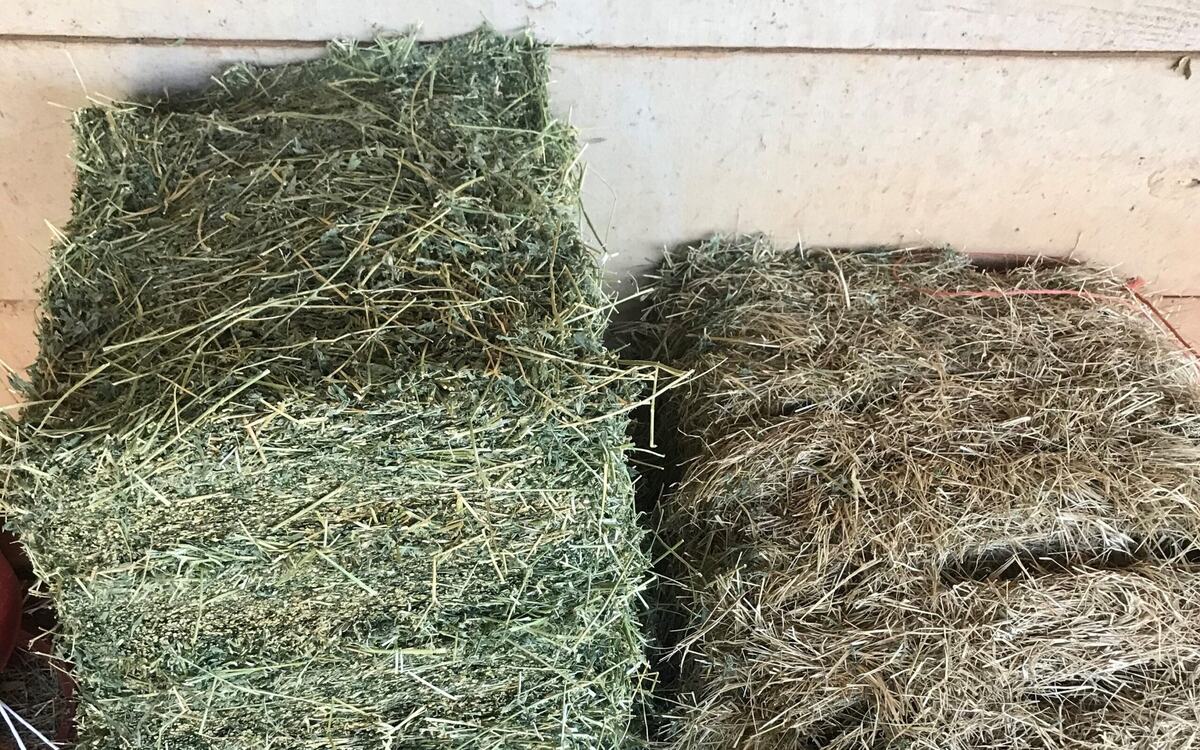

0 thoughts on “What Does Grass Seed Germination Look Like”